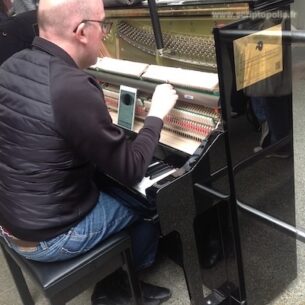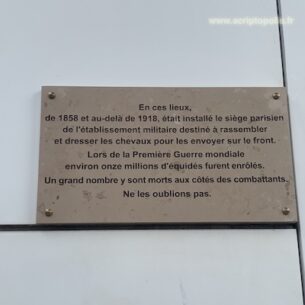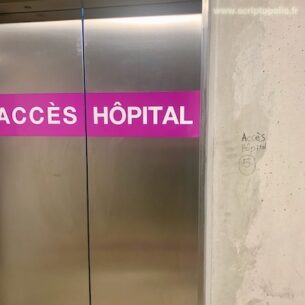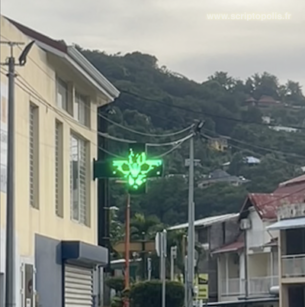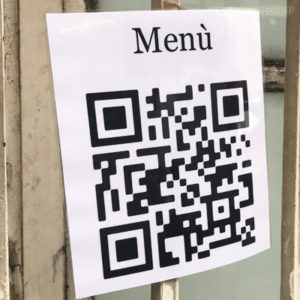Distance
The QR code had many lives, already. First a bubble of an Internet that could not hang on to our walls or our cereal packages, it fell into disuse, then resurfaced as a crucial link in a decentralized mobility infrastructure. Here it is, back on our streets, reconciled with its original destiny, an url of paper. Seeing it there once again, as a new mediator for restaurants, during these cautious times of un-lockdown, we can better measure what such functionality presupposed of our world. It took some serious disruptions within our relationships with people and things for us to finally find a use of this quaint passage point to the Web. Distance had to take on a new meaning, and we had to fear not only direct exchanges, but also contact with objects that we hadn’t known were social until then. Who would have thought to consider the anecdotal menu card as something more than a simple document, an informational tool whose only important features were its graphic qualities? In seeking to implement a strict distancing, inextricably “physical” and “social”, we discovered that the menu card was, like the terrifying subway pole which we had long been wary of, the tool of a tactile and bacteriological bond that was now unacceptable. As it circulated through the restaurant, the menu card each evening made up a biotic community whose entanglements we now seek to weaken at all costs. But are we sure that those who link us to the restaurant’s website via millions of cables, thousands of datacenters, our smartphones and this new intermediary are not putting us in even greater danger?



